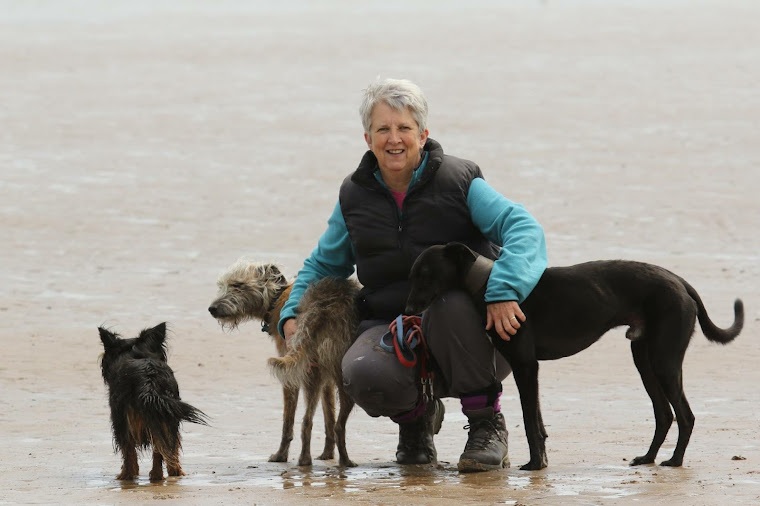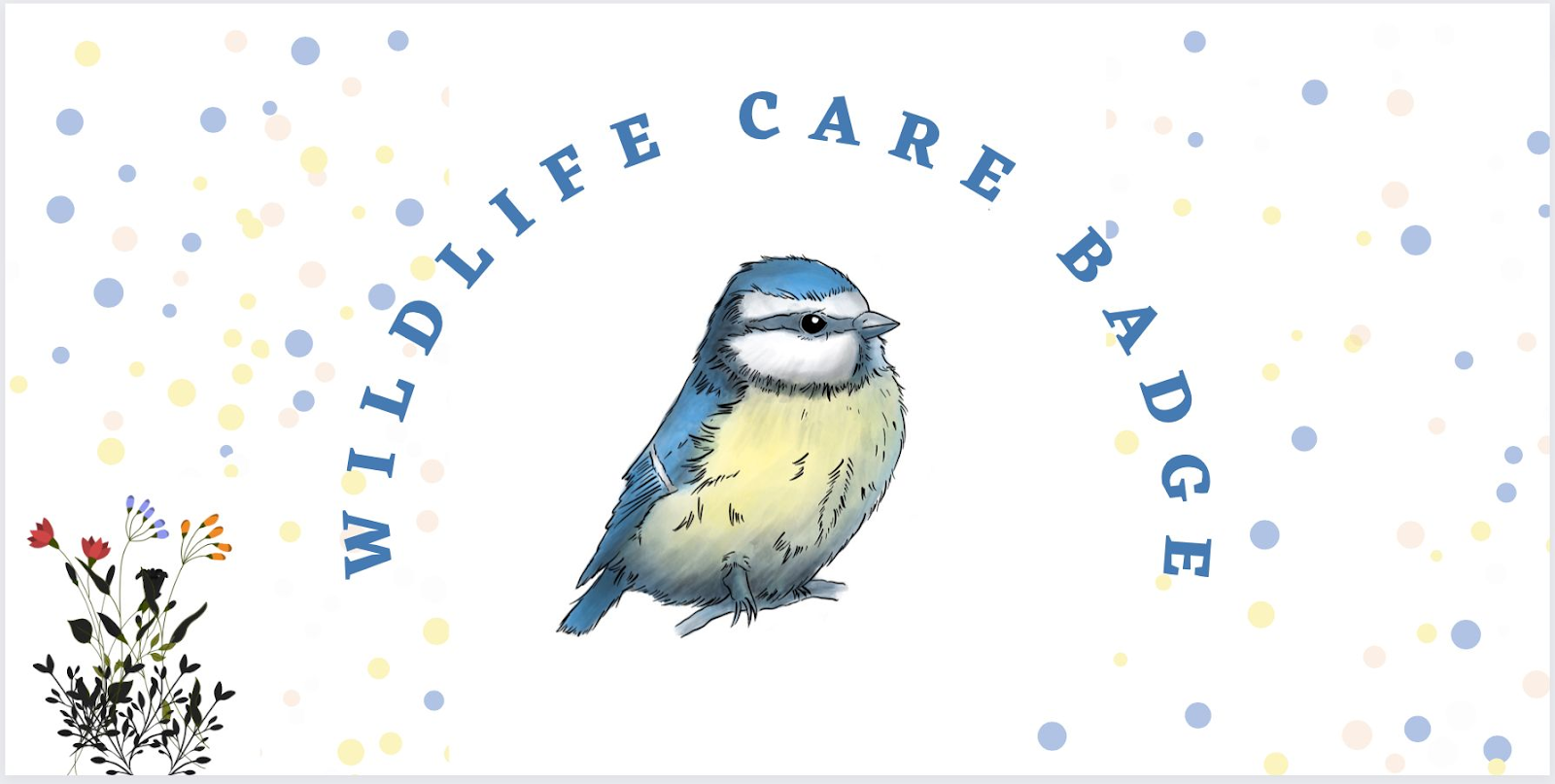My journey with cancer. Part 1
by Gill Dixon, PGCE,MA,BHSCHons,RGN, Human
I am writing this blog, not for a sympathy vote, BUT in the hope that it will inform and perhaps help someone. I do not want or need gushing responses of sympathy. Please resist.
I am fine.
This journey is not something I had factored into my life and certainly was not one that I would willingly buy a ticket for, but it is a journey that is necessary and so my response to it has nothing to do with bravery, it is just is what it is.
I have a Grade two Invasive Ductal Carcinoma of my right breast. I am one of a whole army of women who are going through a similar thing.
It is important to note that this is MY journey with MY cancer because there are different types and grades and then different histology factors that affect treatment and recovery.
My tumour was detected on a routine mammogram , it was 1.3 cms in size but completely impalpable (couldn't be felt).
The importance of mammograms is illustrated right there.
Within two weeks I was called to the fantastic Breast Assessment Centre at Castle Hill Hospital in Cottingham, where I underwent an ultrasound examination. This revealed a hard irregular lump which I was told wasn't a cyst, and with a background in nursing the terms 'hard' and 'irregular' made me in that moment realise that this was very probably a malignant tumour. Four biopsies were taken under local anaesthetic and a radio locater inserted in case surgery was required ( I knew that surgery would very probably be required). There was no pain involved. Then another mammogram to ensure that there had been no real change to the picture seen in the the routine one. After that appointment I had a conversation with a Macmillan Nurse who offered me a telephone number and talked me through what might happen next.
The radio locater is a little device that allows a surgeon to pin point the exact location of the tumour. making the removal of the tumour a very exact science really.
Then the waiting.... A very long two weeks for the results. That may seem a long time, but Castle Hill have a slick system, where all patients are discussed by the whole team on a Friday. My biopsy was taken on a Wednesday so I knew I would miss the following Fridays session, but would probably make the one after that and that proved to be the case.
Results are not given over the phone or in writing but require a face to face consultation.
I am a pretty pragmatic person. My tumour is relatively small, and was found early so I have every reason to be optimistic but it is true to say that I suffered palpations and I entered the room with a certain amount of trepidation when I returned for my results.
I was told that I had a Grade 2 Invasive Ductal Carcinoma (no special type) which is the most common type. Invasive means that it has spread outside of the ducts into the surrounding tissue.
Grade 2 meant that the cells look abnormal and are growing faster than they would be with a Grade 1, but not as fast growing as a Grade 3.
The tumour was still impalpable (even to the surgeon) and for that reason he asked for a second locater to be inserted.
I was offered a mastectomy but advised that a breast conserving wide excision would be his recommended route in the first instance. I can remember when I was nursing 40 years ago I always said that I would opt for a full mastectomy, but treatments (and success rates) have moved on dramatically since then and breast cancer treatment is so specific,and exact now. The less surgery, the better and quicker the recovery and the number of women who can be treated increases. Win, win. They would also remove the sentinel lymph nodes (those are the nodes nearest to the tumour) to ensure that here was no spread of cancer cells into the lymphatic system and elsewhere.
I was asked if I could come for surgery 5 days later. You bet I could!
The following day I went for the insertion of the locater. This time it was less easy and more uncomfortable as my breast was already sore and hardened by the previous insertion but it got done and for the first time I felt a bit sorry for myself as I left the room.
Surgery.
I was admitted to a single room at 07.30 in the morning. I had a good book so was set for a wait.
The usual meetings with the very pleasant surgeon (arrow drawn towards right boob), anaesthetist (very experienced chap thankfully) and the usual pre op vital signs stuff and application of the wonderful TED stockings to prevent thrombosis (blood clot) formation.
I was very pleased to be told that I seem very fit and all my pre op assessment stats were excellent.
At 09.45 I was collected and taken to the department of nuclear science where a radio active agent was injected into my right nipple by a lovely girl in full protective gear.
I remember her saying.... 'This might sting a bit' .
I remember me thinking....
I was told that I needed to flush the toilet twice if I had a wee ( my wee was an actual weapon!) and the radio activity would wear off over the next 8 hours. This agent is taken up by the lymph nodes and then takes up a blue dye injected during surgery which then makes the lymph nodes very easy to identify for the surgeon (clever stuff). I must admit that I was absolutely fascinated by these procedures and their ability to increase the accuracy of the surgery. I was also glad that I was told that my breast and chest would be a nice shade of blue and my excretions would also take on an unusual green colour. Not to worry.
I was called down to surgery at 1500hrs and asked to sit in an ante room while they prepared the theatre. I read a very interesting article in the New scientist about the role of the Fascia in the alleviation of Chronic pain whilst I was there.
I was called into theatre by the lovely anaesthetic assistant Imogen who as I went to sleep I remember saying' 'We will take good care of you Gill, and keep you safe'. That was the one and so far only time I nearly cried. Such comforting words as I drifted off. (Thankyou Imogen).
Back on the ward by 1800hrs and home for 22.30 hrs, sore and exhausted but SO relieved to have the tumour out and the surgery done.
I have a three inch scar under my arm which has been the most sore, and a two to three inch one around my nipple which makes my right boob look really unhappy (and lets face it, it probably is!!!).
Of course it has been sore and uncomfortable, I've had to work at getting full movement back and it has curbed my activities some what but I returned to Tai Chi and the co ordination of the local memory cafe two weeks post op and Pilates 3 weeks post op. My wild swimming is forbidden (bacterial risk) which was a blow and I was advised not to cycle for a while. I have been overwhelmingly and suddenly tired but that is now passing.
The whole process so far has been seamless, compassionate and kind and I have been very well informed with a whole library of information to refer to.
On Tuesday I return to find out if there has been any spread and to discover my onward journey and adjuvant treatments. These include....
Further surgery.
Chemotherapy
Radiotherapy
Hormone
Targeted
Bisphosphonates.
Am I nervous? You bet I am but I am also realistic and optimistic.
The treatment I have received (at a time when all the reports point to an NHS on its knees) has been second to none. Speedy, efficient, organised, compassionate and thorough.
It will be four weeks post op and I have regained my strength and vigour ready to take on the next part of my journey, chin up and full of gratitude for the expertise that has come to my rescue.
To be continued........
Emotional Impact/what I have learned.
In truth the whole experience has been a little surreal, like its happening to some one else and it is still a little difficult to believe that I have Cancer. I haven't yet felt a need to cry or feel sad. It has brought certain things sharply into focus. Those that know me are aware that I am the supporter, advocate and warrior for my son Joe and I would very much like to see him safely settled somewhere where he can eventually live successfully without my input, before I die. That is proving to be very difficult but I am sure that my determination will win through in the end.
I have never been afraid to die, primarily because I'm not afraid of dying but as my husband says, it would be handy if that wasn't right now!
I have been more able to focus on the small, good things in my life and I have definitely learned who will be there for me in a time of need.
My life has been in a kind of limbo, as I have to give my treatment priority so am reluctant to sign up for anything else.
I have read some excellent books and spent lots of time with my beloved dogs which has been a treat.
I needed more vases (thankyou all for the beautiful flowers).
I will try and slow down a bit after this, consider a bit more self care (not something I am good at) .
My hubbie is a complete star. Thankyou Phil xxxxx
My thanks to.....
- Mr Mahapatra and his whole team. Hero's in plain clothing.
- Ward 16 staff for the kindness and care (that includes the cleaner and porter).
- Phil (my husband, positivity guru, nurse maid and chef).
- My family and friends (particularly Val who helped more than she knows). Every check in, every message, every heart emoji, every gentle hug, every card, flower, gift and visit has really made a difference.


























